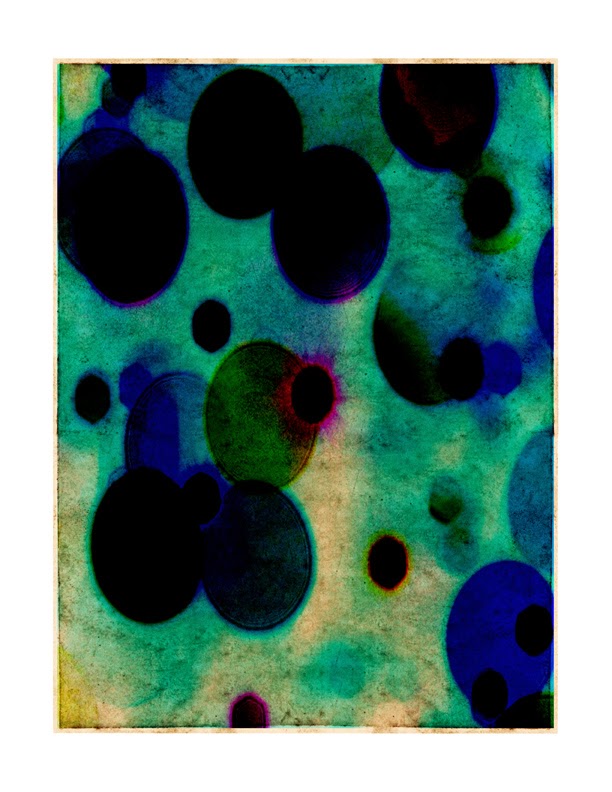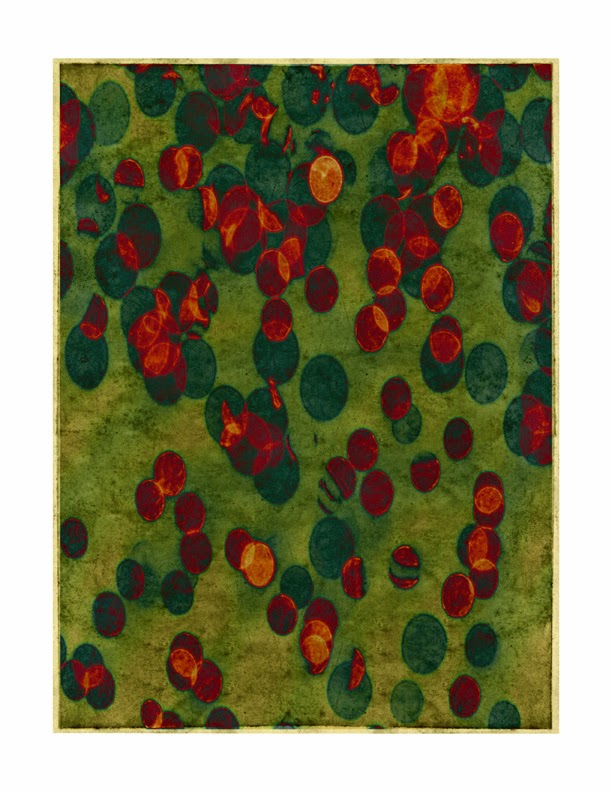October 27, 2014
Some time ago I posted some ideas for 3
dimensional collages and it’s an idea I’ve been working with since. I ultimately want to produce collages that
can be made and viewed as 3-D installations; are “dynamic” or have the ability
to change; and, hopefully track some aspect of people’s memories (or memory
generally) in relation to the net. Faham
is presently adapting the Bricobrowser to source ‘dynamic’ collages from a
growing archive of content rather than sites themselves (which we’ve discovered
DO NOT change over time). I’m now
working with a new graduate student named Andrei Fehereghazi who makes
brilliant, animated short films. Andrei,
who seems to understands what I’m after, is helping me determine how best to
create dynamic 3-D collages using projection mapping and other tools.
I have a lot of intelligent assistance and
inspiration but without ongoing technical support, I seem always left doing
what I know how to do which is to make collages similar to the handmade
collages I used to make. And although I’ve
always wanted to increase the gamut of content (I’ve been creating a large
archive of downloaded materials which I have categorized), I’ve realized that I
am attracted to certain kinds of materials and should accept that even as I
search for new sources and materials.
The collages posted here are part of a new
ongoing series of small collages, tentatively entitled Lotus Eaters, created from the types of materials I collect in my
archive. Like earlier handmade collages,
the materials are ‘bookish’ in size and content. The size is similar only because most images
posted on the web are jpegs and small in size.
I look for the same kind of materials that I would with handmade
collages – aged paper, documents, texts, illustrations, old half-tone photos
etc. As a former printmaker, I’m just as
attracted to ‘how’ content is presented (engravings, half-tones etc.) as I am
in the content itself. As far as content
is concerned I am fascinated by the enormous range of humanity’s folly, bizarre
beliefs, personal and constructed histories, etc.
These collages, then, are similar to
earlier collages, again, but with the exception of the added 3D element
obtained by dropping shadows between layers.
The trick now is to learn how to create similar large scale, dynamic
collage installations.

.jpg)
.jpg)
.jpg)
.jpg)
.jpg)
.jpg)
.jpg)
.jpg)
.jpg)
.jpg)
.jpg)
.jpg)
.jpg)
.jpg)












































